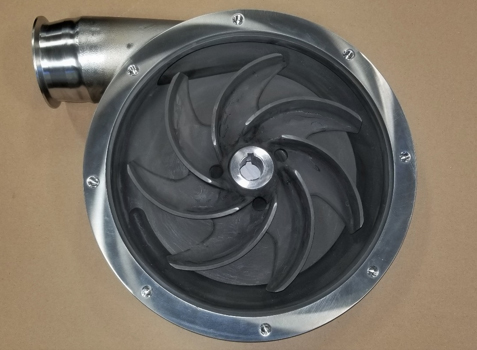Contributor: TST Coatings
When searching for corrosion prevention solutions, it is critical to understand the environment in which the component is exposed. Materials engineers should use that information to create a corrosion protective coating solution specific to that component’s requirements. Below is a compact overview of some materials properties and various coating processes that can be employed.
Galvanic Corrosion Prevention Coatings
Galvanic corrosion resistant coatings are made from metals that when combined with a base metal with greater anodic potential will protect the base metal by preferentially corroding in the presence of an electrolyte. Coatings such as aluminum or zinc deposited onto iron and steel alloys are a common way to provide steel greater corrosion resistance. These coatings are considered sacrificial coatings as they will preferentially slowly corrode while minimizing the corrosion occurring to the steel. This technology has been used on many components including very large ones such as bridges found in coastal areas, wind energy windmills, and automobile parts. The technology has been proven to be far more effective than paints for providing longer term protection.
Corrosion Resistant Coatings
There are several corrosion resistant coatings that can be engineered to provide a corrosion resistant barrier for many substrate materials in many corrosive environments. Nickel-chromium and cobalt-chromium alloys produce very good corrosion resistant coatings. These materials can be deposited with very low porosity levels (less than 1%) to prevent corrosive attack through porous connections. Oxide ceramics are also very corrosion resistant materials and can be applied to most metal substrates to provide corrosion resistant coatings. The key attributes for making these types of coatings protect substrates are the coating must resist the environments corrosive attack and be impermeable so the corrosive media does to come in contact with the base material.
Wear & Corrosion Resistant Coatings
Corrosion and wear are combined in many applications. Fortunately, several different materials can be engineered to provide both wear and corrosion resistance coatings. Cermet materials, (ceramic and metal) such as carbides with corrosion resistant metal binders are examples of coatings that provide protection to both corrosion and wear, oxide ceramics are very hard and corrosion resistant to many chemicals which also make them good candidates as coating solutions for these applications.




